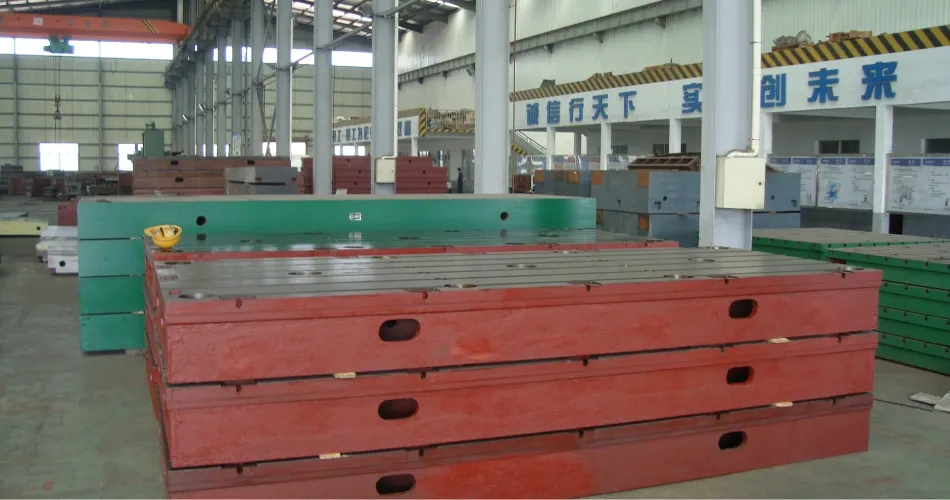Dec . 20, 2024 04:08 Back to list
Flanged Strainers for Efficient Fluid Filtration and Flow Control Solutions
The Importance of Flanged Strainers in Industrial Applications
In various industrial processes, maintaining the integrity and efficiency of fluid systems is crucial. One of the essential components that aid in achieving this goal is the strainer, particularly flanged strainers. These devices play a vital role in filtering out particulates and contaminants from liquids, ensuring that the system operates smoothly and safely.
What is a Flanged Strainer?
A flanged strainer features a flange on either end, allowing it to be easily connected to pipelines. The flange design facilitates a secure and leak-proof connection, making it ideal for high-pressure applications. Flanged strainers are typically constructed from materials such as stainless steel, carbon steel, or plastic, depending on the application and the type of fluid being processed. They come in various sizes and mesh ratings to accommodate different flow rates and particle sizes.
Functions and Applications
Flanged strainers are used in a multitude of applications across diverse industries, including water treatment, oil and gas, chemical manufacturing, and food processing. Their primary function is to remove debris, sediment, and other unwanted particles from liquids. This filtration process helps protect pumps, valves, and other equipment from damage, which can lead to costly repairs and downtime.
In water treatment facilities, for instance, flanged strainers are critical for removing sand, silt, and organic materials from raw water before it undergoes further processing. In the oil and gas industry, these strainers prevent contaminants from entering refining processes, ensuring the production of high-quality fuels and lubricants. Similarly, in food processing, flanged strainers help maintain cleanliness and safety by filtering out foreign particles that could compromise product quality.
strainer flanged

Advantages of Using Flanged Strainers
One of the primary advantages of flanged strainers is their robust design, which allows them to withstand high pressure and temperature conditions. This makes them particularly suitable for harsh environments where traditional strainers may fail. Additionally, the flanged connection simplifies installation and maintenance, as it can be easily unbolted for cleaning or replacement without disturbing the entire pipeline.
Moreover, flanged strainers are available with various mesh sizes, enabling users to select the appropriate level of filtration according to their specific needs. This versatility makes them an invaluable asset in industries where different types of debris and contaminants are present.
Maintenance and Care
While flanged strainers are designed for durability, regular maintenance is essential to ensure their optimal performance. Depending on the operating environment and the level of contaminants present, strainers should be inspected and cleaned periodically. This involves removing the strainer from the pipeline, cleaning the mesh, and checking for signs of wear or damage. Neglecting maintenance can lead to clogged strainers, resulting in reduced flow rates and increased pressure drops, which can strain the entire system.
Conclusion
Flanged strainers are integral components in various industrial systems, providing critical filtration that protects equipment and enhances operational efficiency. Their sturdy design, ease of installation, and versatility make them a preferred choice in many applications. By investing in quality flanged strainers and adhering to a regular maintenance schedule, industries can ensure the longevity of their fluid systems and maintain optimal performance. As industrial processes continue to evolve, the role of flanged strainers in safeguarding system integrity will remain indispensable.
-
Why Metric Trapezoidal Thread is Ideal for Precision Motion ControlNewsAug.05,2025
-
The Unique Properties of a Block of Granite for Industrial UseNewsAug.05,2025
-
The Role of Flanged Y Strainers in Preventing Pipeline ClogsNewsAug.05,2025
-
The Importance of Regular Calibration for Master Ring GagesNewsAug.05,2025
-
How a Cast Iron Surface Table Enhances Accuracy in ManufacturingNewsAug.05,2025
-
Comparing Different Check Valve Types for Optimal Flow ControlNewsAug.05,2025
Related PRODUCTS









